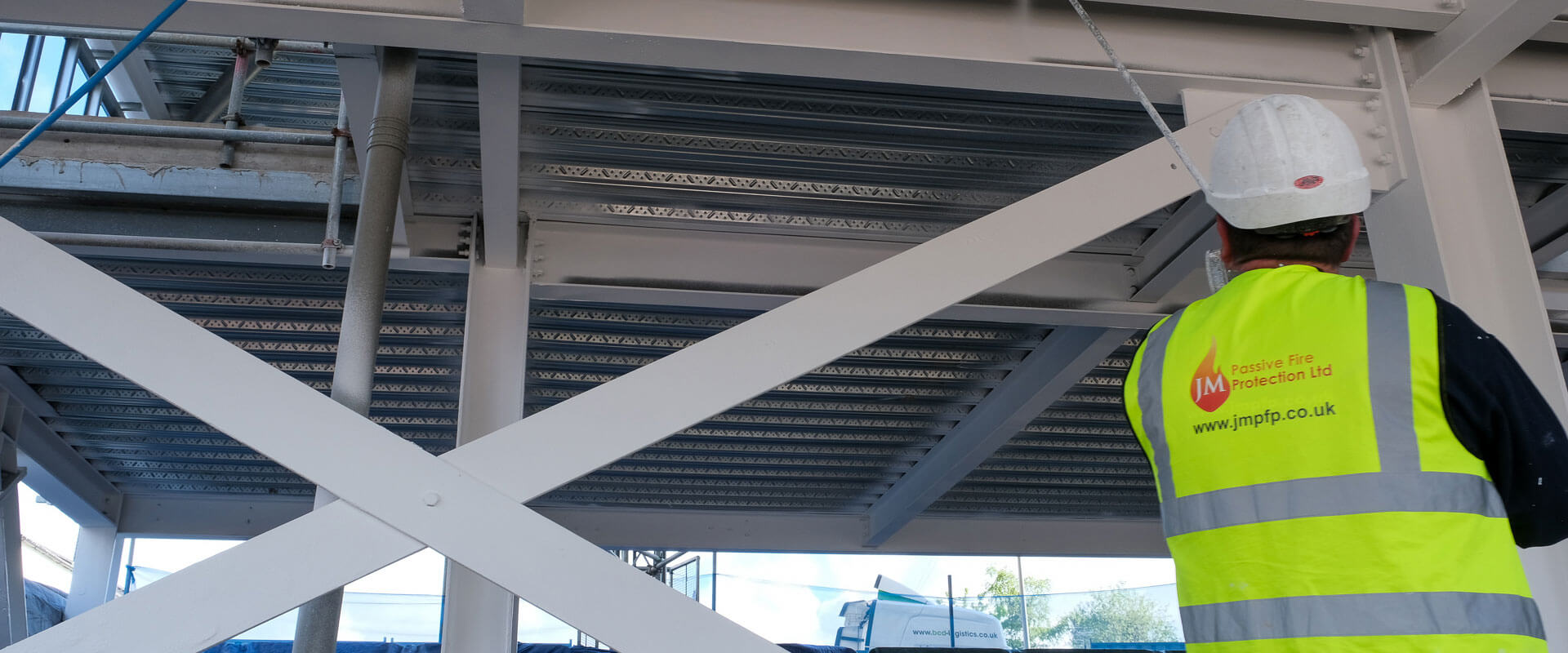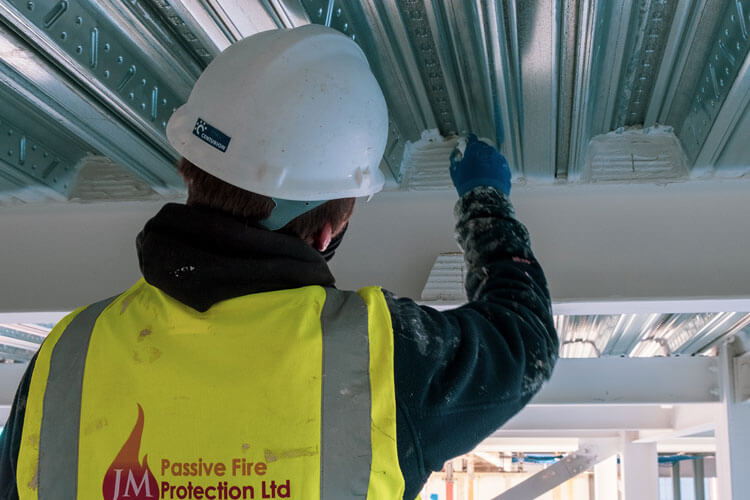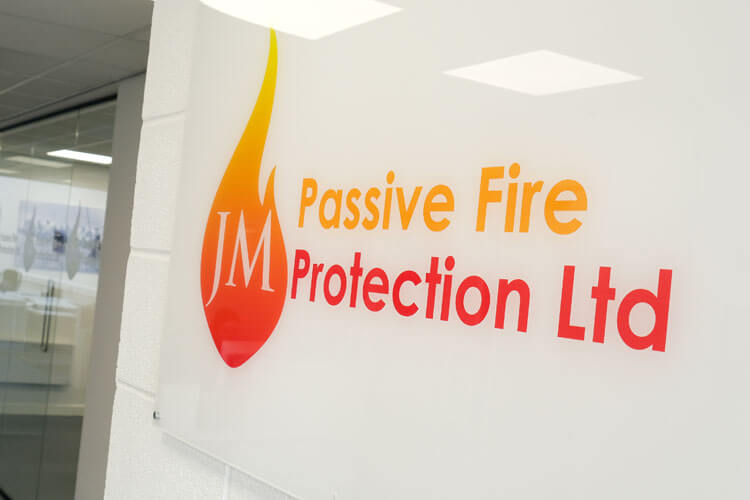
What Is Acoustic Sealing?
Using an acoustic sealant essentially involves sealing joints and gaps in your walls and building framework to prevent noise from flowing into different rooms. Much like green glue, it works as a noise reduction and soundproofing measure which is useful in both domestic and non-domestic buildings.
It may be tempting to opt for regular caulk to act as a solution as it can fill gaps and seal joints. However, it is recommended for soundproofing that you use a specific acoustical caulk as it is more durable as a sound sealant and for blocking vibrations too.
Acoustic caulk does not shrink and is also non-hardening which makes it a permanently flexible acoustic sealant for adapting to your needs.
On the other hand, regular caulk can crack and harden, so it deprives you of the flexibility of an acoustic caulk.
In terms of protecting your home or workplace from fire and smoke, using an acoustic caulk to fill in gaps and joints can also prevent the spread of smoke and fire through these small spaces.
Soundproofing can be done without enlisting third party help, but we would recommend onboarding assistance if you are unsure about your passive fire protection.
You can find and purchase acoustic sealant products at various DIY stores.

The Benefits Of Acoustic Sealant
So we’ve taken a look at what an acoustic sealant is, but now let’s look at why they are good and what it means for your passive fire protection.
Prevents Sound Leakage
The main benefit of an acoustic caulk is that it prevents noise from travelling and is turned into heat. This noise reduction is useful for both in the home and in potentially noisy workplaces such as offices and hospitals. Acoustic caulks can also stop noise vibration, which is another useful feature in these busy environments.
Easy Installation
Sealants are also easy to apply as generally, you first clean the surface and ensure they are dust-free with no flaking surface coatings, then if there’s a nozzle, cut it to a slightly larger size than the gap needed to be filled.
You should overfill the gap to then use a caulking tool to smooth the surface. Following this, clean up excess sealant with a damp cloth within half an hour of applying the product.
However, always be sure to check the product’s instructions if you are sealing any gaps yourself as this can vary.
Improves Building Durability
Filling in these small spaces with an acoustic caulk can not only blocks sound but can also contain the heat within the rooms. This is important because as mentioned previously, using an acoustic sealant to fill in gaps and joints around your building not only blocks sound transmission but also prevents the spread of fire and smoke by containing it in specific compartments.
Acoustic sealants with fire protection in mind can provide up to 4 hours of fire protection. This can then ultimately prevent further damage.
Saves Money Long-term
Compared to regular caulking, acoustic products last longer and are more durable. Although they are more expensive than regular caulking products, they are usually still affordable. The acoustic product can keep the heat in especially due to the heat conversion from sound, which can also save you extra money due to the insulation.
Peace Of Mind
Using an acoustic sealant can also give you peace of mind in knowing that your rooms are secure and compartmentalised in the event of a fire. This will prevent the spread of flames and smoke which can allow building users to escape safely. A lot of acoustic products have a fire rating, so be sure to check this on the packaging.
How We Can Help You Reduce Sound Transmission
If you are seeking assistance with a soundproofing project in your home or business, we offer a sound sealing service to fill joints and gaps in your space and consequently reduce unnecessary noise transmission.
Choose JMPFP’s Sound Sealing Service?
We use high-quality products with a team that has an experienced and knowledgeable background in providing passive fire protection services. Therefore you can relax in knowing that we will deliver on a reliable and trustworthy service to ensure that your space is secure and protected.
We have worked on a wide range of projects regarding passive fire protection, so you can feel comfortable knowing that a soundproofing project can also improve your building’s fire resistance.

Frequently asked questions
Will Sealing Really Act As An Effective Acoustic Barrier?
Using an acoustic caulk is a cost-effective solution to noise reduction. It can cut down on external sound by as much as 15%, this is solely by filling gaps.
However, if you are searching for a full soundproofing solution, you are best off using sealants in conjunction with other methods such as acoustic panels and double-glazed windows.
How Long Will The Best Acoustic Sealant Last?
This depends on what the sealant is made of, but generally acrylic sealants last up to 10 years and silicone sealants can last for more than 20 years.
How Long Does The Entire Process Take To Complete?
This will vary depending on how many gaps you’re intending to seal and how big they are. However, after applying the product, you generally need to wait for approximately 48 hours for the sealant to cure in order for you to be allowed to paint it.
But, always check the bottle of your sealant in case it cannot be painted or if the curing time is different.
Are Acoustic Sealants A Legal Requirement In UK New Builds?
The UK Government Building Regulations says that airborne sound resistance must be at least 40dB which is so that residents are subjected to less intrusive neighbouring sounds.